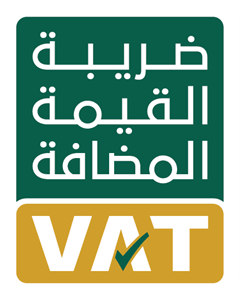NLP Fundamentals: The Foundation of Language Understanding in AI
web-development.

📘 Structured Lesson Content:
🔹 What is NLP?
Natural Language Processing (NLP) is a subfield of AI that enables computers to understand, interpret, and generate human language. From chatbots to voice assistants to translation systems, NLP powers many technologies we use daily.
🔹 Why NLP Matters
Bridges communication between humans and machines
Powers smart applications like Google Translate, Siri, and search engines
Enables automation of tasks like text summarization, sentiment analysis, and language translation
🔹 Core Components of NLP
1. Text Preprocessing
Before feeding text into an NLP model, it must be cleaned and structured.
✅ Key steps:
Tokenization: Splitting text into words/sentences
Stop word removal: Eliminating common words (e.g., “the,” “and”)
Stemming/Lemmatization: Reducing words to base/root form
Lowercasing, punctuation removal, etc.
2. Syntax and Structure
Understanding grammatical relationships in text.
✅ Examples:
Part-of-Speech (POS) tagging
Parsing (tree structure of a sentence)
Named Entity Recognition (NER)
3. Semantics and Meaning
Goes beyond structure to capture context and meaning.
✅ Key tasks:
Word embeddings (Word2Vec, GloVe)
Contextual embeddings (BERT, GPT)
Intent detection & sentiment analysis
4. Language Modeling
Predicting or generating text based on learned patterns.
✅ Techniques:
N-grams
Recurrent Neural Networks (RNNs)
Transformers (BERT, GPT)
🔹 Popular NLP Applications
| Application | Description |
|---|---|
| Sentiment Analysis | Classify opinions in reviews or social media |
| Chatbots | Provide automated customer service |
| Text Summarization | Condense large texts into short versions |
| Machine Translation | Convert text from one language to another |
| Speech Recognition | Convert audio into text |
🔹 Challenges in NLP
Ambiguity: Words with multiple meanings
Sarcasm and irony: Hard to detect in sentiment
Code-switching: Mixing languages (e.g., Arabic-English)
Bias in language models
🧰 Tools & Technologies Used:
Python
NLTK (Natural Language Toolkit)
spaCy
Hugging Face Transformers
TensorFlow / PyTorch
OpenAI APIs
🎯 Target Audience:
Beginners in AI and machine learning
Developers building language-driven apps
Linguistics students exploring tech applications
Business analysts looking to automate text-heavy processes
🌍 Global Learning Benefits:
Understand how machines process human language
Create intelligent apps that interact in natural language
Automate language-heavy tasks in business and research
Support multilingual and culturally diverse content
📌 Learning Outcomes:
By the end of this lesson, learners will:
Understand the foundations of Natural Language Processing
Preprocess and clean text data effectively
Identify key components like tokenization, parsing, and embeddings
Build simple NLP pipelines using Python libraries
🧠Master Study NLP Fundamentals: The Foundation of Language Understanding in AI
📚Shop our library of over one million titles and learn anytime
👩🏫 Learn with our expert tutors




